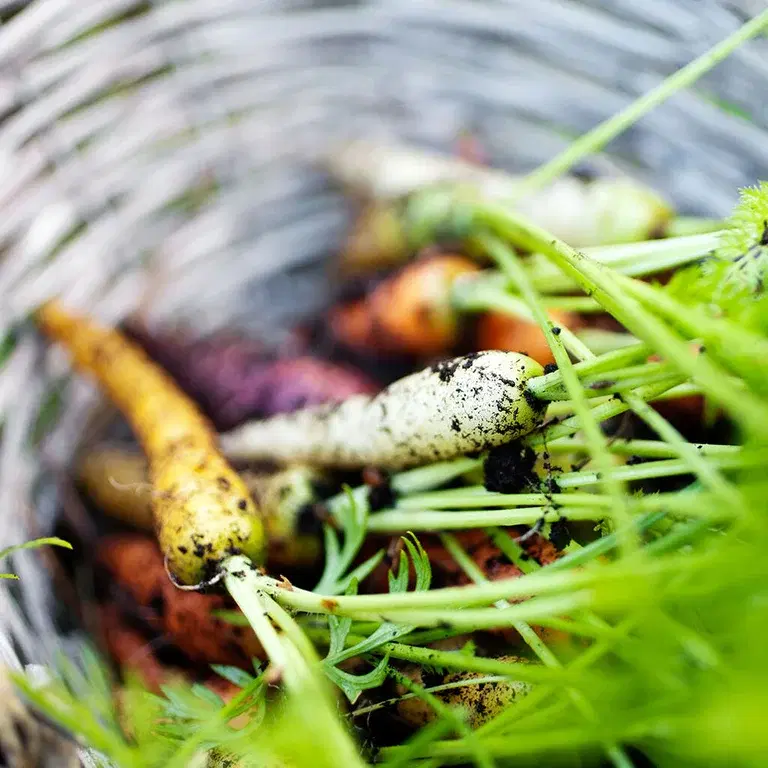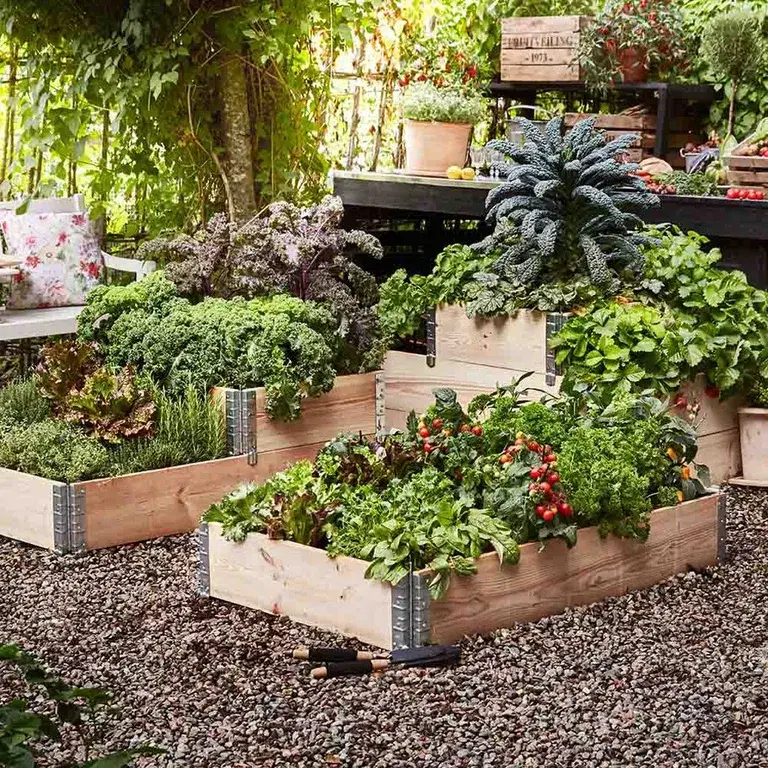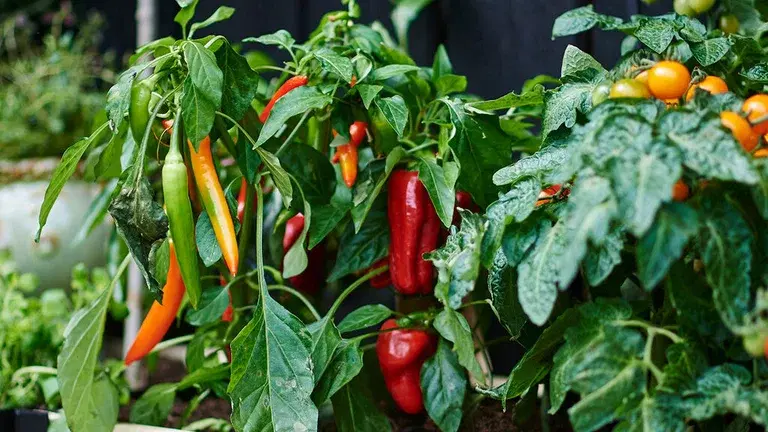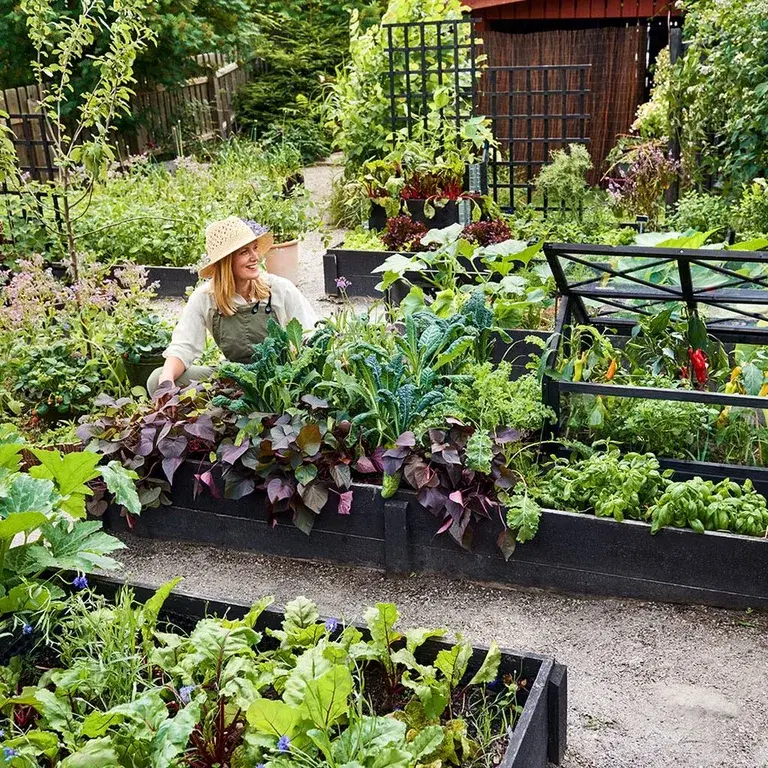4 vegetables you can grow yourself
Yes, it's nice to be able to grow your own! Here we present four goodies that you can easily become self-sufficient with – they are easy to grow and yield a large harvest.

With good planning, it is entirely possible to make a small family self-sufficient in vegetables on a regular residential plot, but for most people it may be enough to become self-sufficient with a few vegetables. To have food on the table for a long time, it is practical to focus on vegetables that can be harvested and stored for a long time.
Here we list four suggestions that are easy to get started with and that give large yields. You can of course grow much more than these if you want, such as berries, fruit, herbs and more vegetables that can be stored.

1. Potato
Potatoes are naturally at the top of the list of vegetables you can grow to be self-sufficient. The Incas in South America grew potatoes, and here in the Nordic countries they have been a staple in the diet since the 17th century. The potato quickly became popular, as it was both filling and could be used for starch and liquor. The potato is actually the vegetable that provides the most energy per cultivated area.
It is also nutritious, can be prepared and eaten in many different ways, and has good storage properties. And as if that weren't enough, it is actually possible to survive on potatoes alone.

2. Cabbage
Cabbage is extremely useful, and there are a wide variety of varieties, from kale to small, delicate Brussels sprouts. Many varieties can also be harvested well into winter, such as kale and palm cabbage. Cabbage has been grown in the Nordic countries since the Viking Age, and cabbage was particularly important for survival before we started growing potatoes. Cabbage is relatively easy to grow, if you make sure to fertilize and water regularly, and protect the plants from insects and hungry animals.

3. Spinach
Third place on the list of vegetables that are easy to become self-sufficient with goes to spinach. It is very easy to grow, and you can sow it already in winter for an early spring harvest. What is left over can be frozen or even dried. Spinach can also be sown in August and into the fall, which makes the spinach season long. Certain types, such as New Zealand spinach, are also perennial.
Spinach contains a lot of vitamin C, and it can be eaten both raw and cooked. You will get the biggest harvest in good soil that is fertilized and watered regularly, but spinach is not particularly difficult to succeed with – it even grows in the shade. Spinach that you grow outside can be combined with Malabar spinach that is grown in pots indoors, it turns into long beautiful vines and is also decorative as a potted plant.

4. Tomato
Tomatoes are expensive in the store, but easy to grow both indoors and outdoors. They may not be the first thing you think of when it comes to vegetables to survive on, but they definitely add an extra kick to food, whether they are used in salads, stews or sauces. Tomatoes can be frozen, dried, fermented or canned.
For those who want to be self-sufficient, it is wise to choose varieties that give a large harvest and ripen at different times. Feel free to combine with winter tomatoes, so-called Piennolo. These are tomato varieties that can be stored hanging and last extra long. Many dwarf bush tomatoes can also be grown indoors, if you use plant lighting in the winter.
Please note that tomatoes and potatoes should not be grown close to each other, as potatoes can infect tomatoes with leaf mold. The spores are spread by the wind, so make sure to grow them in different years or with a distance of at least 400 meters.
Read more here:

Swedish garden inspirer, journalist and author of books about nature, cultivation and animals, such as "Soil", "Grow for insects" and "Chickens as a hobby".
Read more:
You are here:















